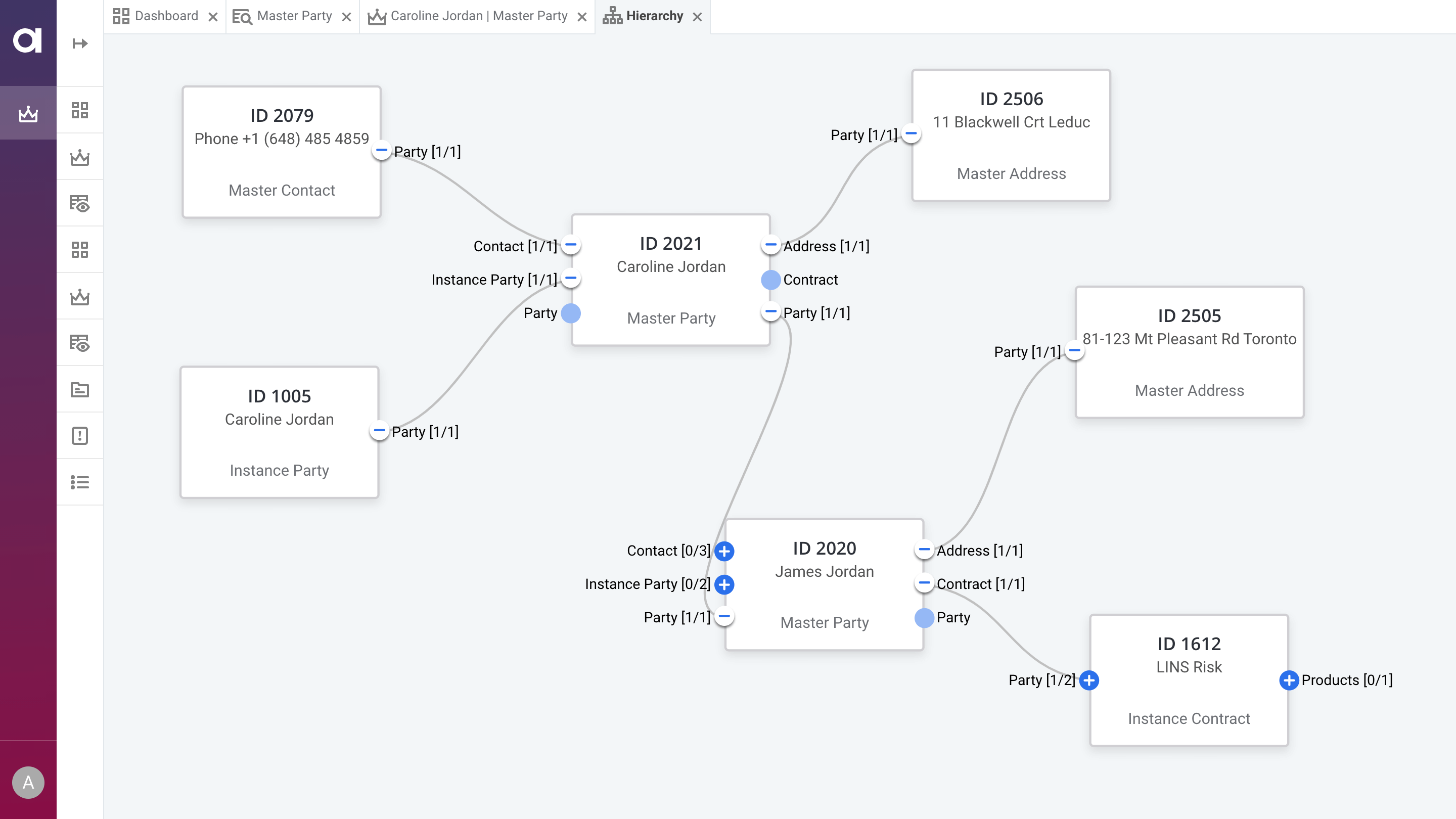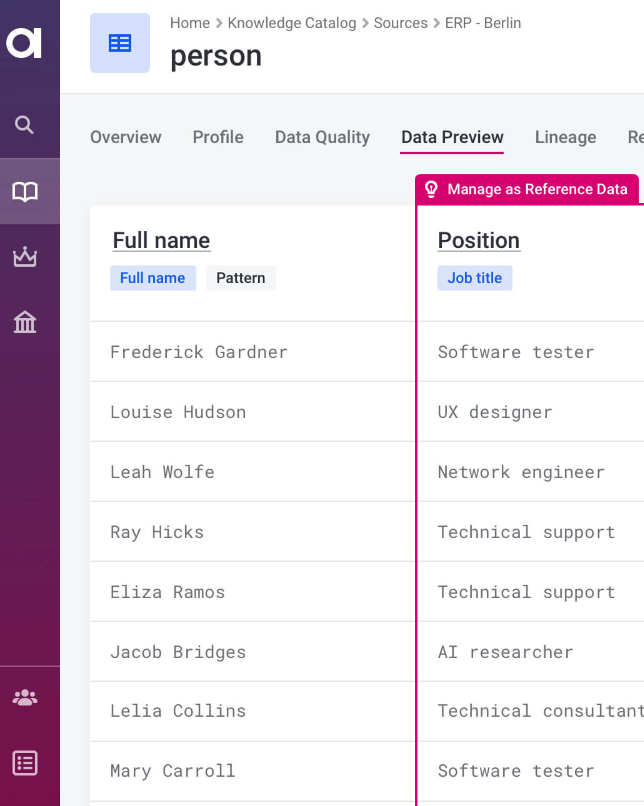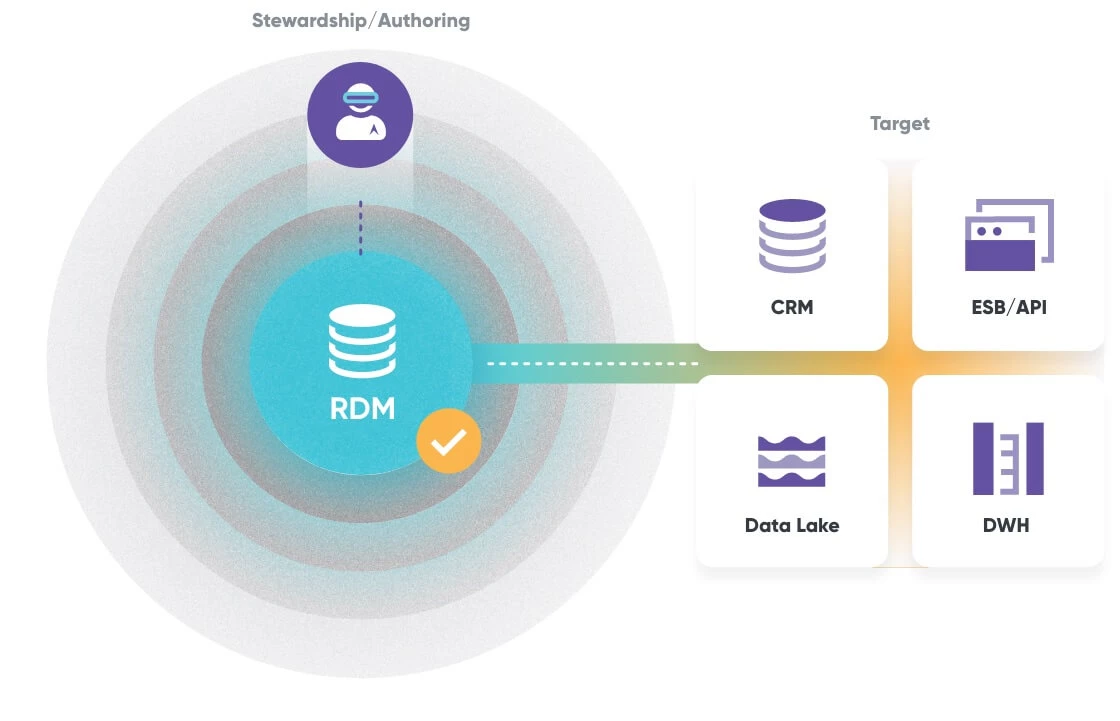Hi everyone, and happy Monday!
In this post, we will cover Ataccama’s Reference Data Management solution with a short introduction, follow us for part 2 and check out our MDM Series below 
First things first.
What is RDM?
Reference data is data that defines the values that are used to classify and characterize other data. This is sometimes known - not always correctly - as Master Data, Golden Record, Golden Copy, or Single Source of Truth.
RDM is an essential component of Master Data Management (MDM) that has evolved to become a mature data management discipline in its own right.

Who's It For?
At the heart of the RDM web application are three key player roles:
- Reference Data Stewards
- Analysts
- Managers
Designed with precision, the RDM web application caters to these roles, ensuring a user-friendly and efficient experience.
What Can You Do?
The RDM web application empowers you with a rich set of features:
-
View, Edit, and Manage: Seamlessly view, edit, and manage reference data, putting you in control.
-
Custom Queries: Display data-relevant information or query results tailored to your needs.
-
Synchronize and Import/Export: Effortlessly synchronize data from multiple sources and import/export with ease.
-
Quality Control: Maintain record quality through various types of validations.
-
Time-Specific Validity: Configure time-specific validity for data, ensuring relevance and accuracy.

Components at a Glance
The RDM solution is a well-oiled machine with four crucial components:
-
Keycloak: A third-party identity management tool.
-
RDM Server: The processing engine driving Ataccama RDM.
-
RDM Webapp: Your gateway to efficient reference data management.
-
Relational Database: The sturdy backend (PostgreSQL, MS SQL, or Oracle) anchoring the entire RDM solution.
Ataccama Reference Data Manager stands tall as a dedicated tool, fostering formal, defined processes and wielding central authority over all reference data changes. Key highlights include:
-
Full Data Lifecycle Management: Not just viewing but changing, creating, and deleting existing data.
-
Domain-Agnostic Flexibility: Adapt seamlessly to diverse industries with the power of a domain-agnostic tool.
-
Cutting-Edge User Interface: Stay ahead with a user-friendly interface, incorporating the latest standards and technology in UI and UX.
-
Stand-Alone or Integrated: Use RDM as a standalone solution or integrate it into a comprehensive suite (e.g., Ataccama Master Data Management).
-
Integration Mastery: True to the Ataccama platform, RDM excels in integrating with other systems and applications via standard interfaces.
Business Role and Cases
Business Role:
-
Reference Data Operations: Facilitate reference data management operations with an emphasis on validation processes.
-
Configurable Workflow: Easily configure workflows for business approval processes, ensuring a smooth operational rhythm.
-
System Consistency: Synchronize processes across systems, maintaining the consistency of reference data.
-
Intuitive Browsing: Browse reference data effortlessly through hierarchies, views, or entity tables, complemented by advanced navigation features.
-
Historical Traceability: Ensure historical traceability and auditing of data changes over time.
Business Cases:
-
Diverse Source System Management: Manage reference data seamlessly across a diverse range of source systems.
-
Central Authority: Establish a central authority for reference data editing, supported by configurable workflows for business approval.
-
Consistent Data Supply: Provide consistent reference data to consuming systems and synchronize with various reference data sources.
-
User-Friendly Interface: Offer an easy-to-use application for searching and displaying reference data as needed.

Stay tuned for part 2 tomorrow 
